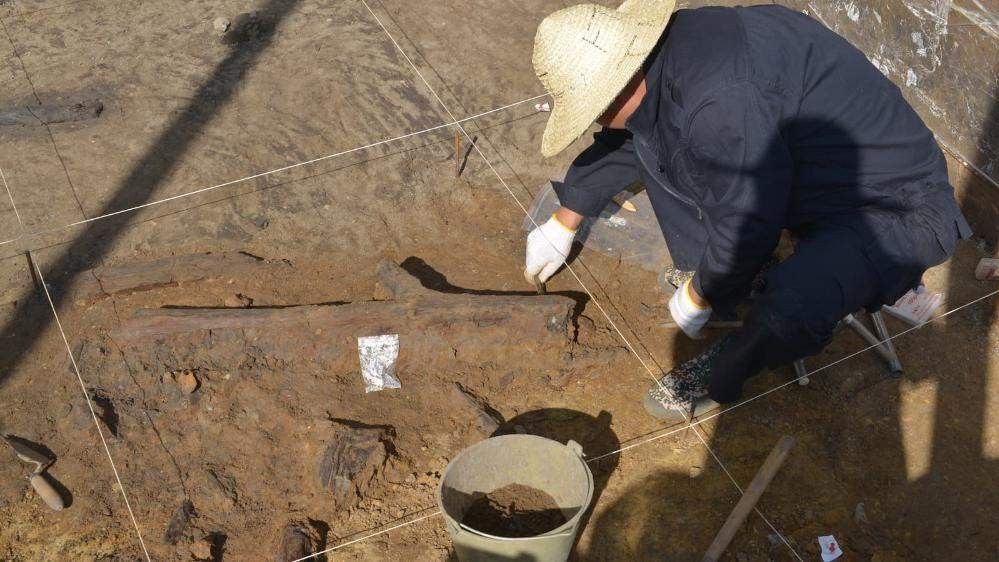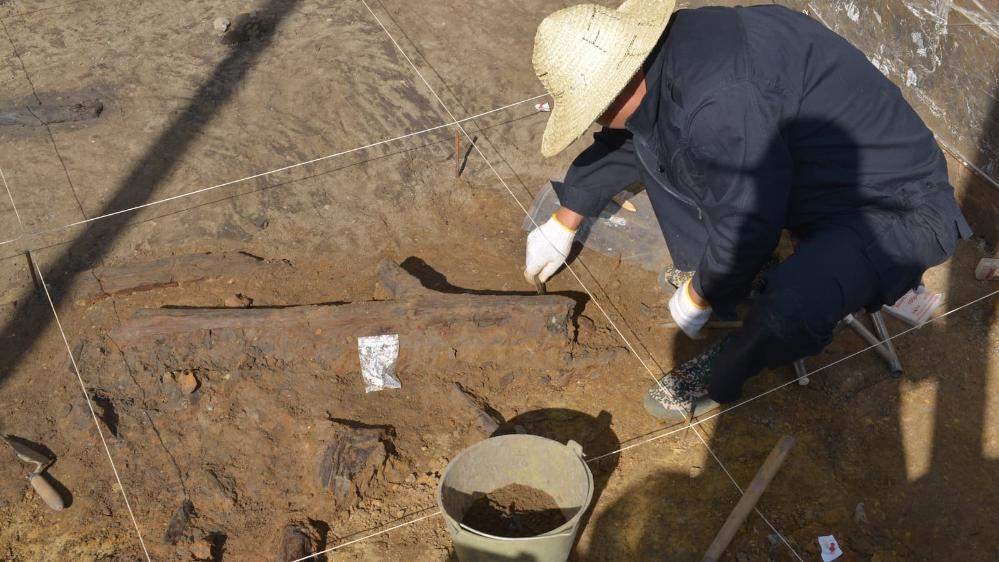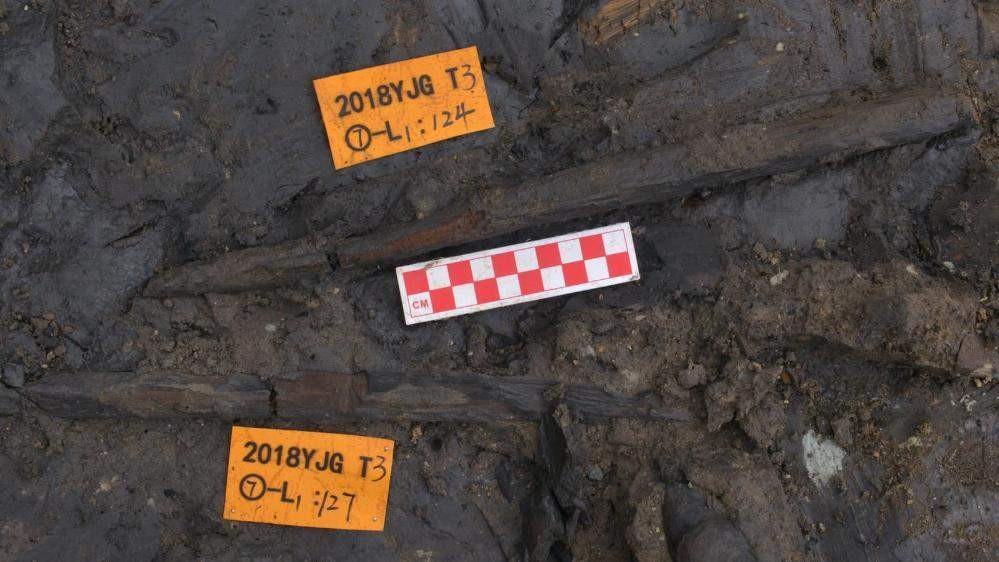Now Reading: Ancient Wooden Tools Reveal Early Humans’ Strategy for Harvesting Edible Plants in East Asia
-
01
Ancient Wooden Tools Reveal Early Humans’ Strategy for Harvesting Edible Plants in East Asia
Ancient Wooden Tools Reveal Early Humans’ Strategy for Harvesting Edible Plants in East Asia

### Quick Summary
– Archaeologists have discovered 35 wooden tools dating back 300,000 years in Gantangqing, Yunnan Province, China.
– These are the oldest wooden artifacts documented in East Asia and showcase advanced craftsmanship and cognitive skills of early humans.
– The tools include diggers for harvesting underground food (tubers,rhizomes) rather than hunting implements commonly found at other sites.
– Researchers used infrared luminescence and electron spin resonance techniques to estimate their age between 250,000-361,000 years.
– The artifacts were preserved by oxygen-poor clay sediments along the shores of an ancient lake.
– Polishing marks and soil residues on the tools suggest planned visits to collect edible plants like aquatic tubers and possibly berries or nuts found nearby.
– This challenges earlier assumptions that East Asian hominins were technologically conservative compared to contemporaneous populations in Europe and Africa using stone hunting tools.


### Indian Opinion Analysis
The revelation of these ancient wooden tools adds notable insights into early human behavior-not just regarding tool use but also survival strategies focused on plant-based diets. While contemporary European hominins relied heavily on hunting large mammals with stone weapons, this excavation highlights a diverse ecological adaptation among East Asians who planned visits with specialized equipment for obtaining underground food resources.
This challenges prior narratives about technological conservatism in East Asia during prehistoric times while showcasing innovation tailored to environmental needs. For India-rich with archaeological finds from various periods-it might reignite interest in understanding dietary habits beyond prevailing emphasis on meat-based survival models within ancient studies here.
As India’s academic community closely follows developments like these globally, investment in similar excavation techniques could lead to more discoveries highlighting parallels or divergences across South Asian prehistory.
[Read More](https://www.livescience.com/archaeology/human-evolution/oldest-wooden-tools-unearthed-in-east-asia-show-that-ancient-humans-made-planned-trips-to-dig-up-edible-plants)
























